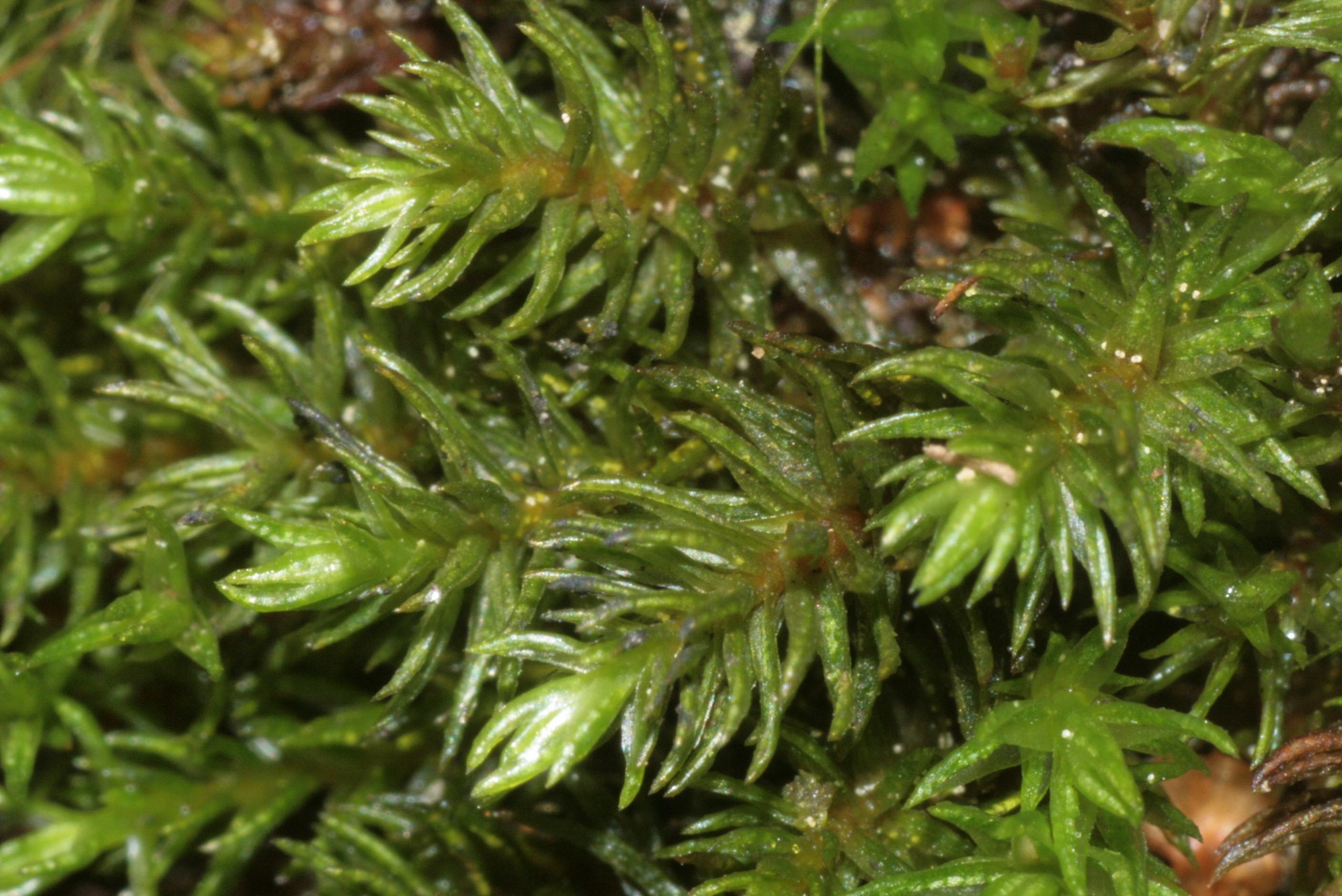
Oligotrichum_hercynicum_(a%2C_150147-481729)_8373.jpg from: https://de-academic.com/dic.nsf/dewiki/2397462
Introduction
The world of mosses is a fascinating and often overlooked realm, home to a diverse array of species that play crucial roles in various ecosystems. Among these unsung heroes is the Oligotrichum hercynicum (Hedw.) DC., a member of the Polytrichaceae family, commonly known as Oligotrichum. This unassuming yet remarkable moss has captured the interest of bryologists and nature enthusiasts alike, offering a unique window into the intricate world of bryophytes.
Background
Before delving into the specifics of Oligotrichum hercynicum, it’s essential to understand the broader context of mosses. These diminutive plants belong to the Bryophyta division, which encompasses three distinct lineages: Bryophyta (mosses), Marchantiophyta (liverworts), and Anthocerotophyta (hornworts). Mosses, in particular, are classified within the class Polytrichopsida, which includes the family Polytrichaceae, to which our subject, Oligotrichum hercynicum, belongs.
Main Content
Morphology and Identification
Oligotrichum hercynicum is a acrocarpous moss, meaning its sporophytes (spore-bearing structures) grow at the tips of the gametophyte (the leafy, green plant body). This species is characterized by its erect, unbranched stems that can reach heights of up to 10 centimeters. The leaves are lanceolate (lance-shaped) and spirally arranged around the stem, forming a distinctive rosette pattern.
One of the most striking features of Oligotrichum hercynicum is its distinctive calyptra, a cap-like structure that covers the developing sporophyte. This calyptra is hairy and persistent, remaining attached to the sporophyte even after the spores have been dispersed.
Global Distribution and Habitat
Oligotrichum hercynicum is widely distributed across the Northern Hemisphere, with populations found in Europe, Asia, and North America. It thrives in a variety of habitats, including coniferous and mixed forests, heathlands, and rocky outcrops. This moss prefers acidic soils and is often found growing on decaying logs, stumps, and humus-rich substrates.
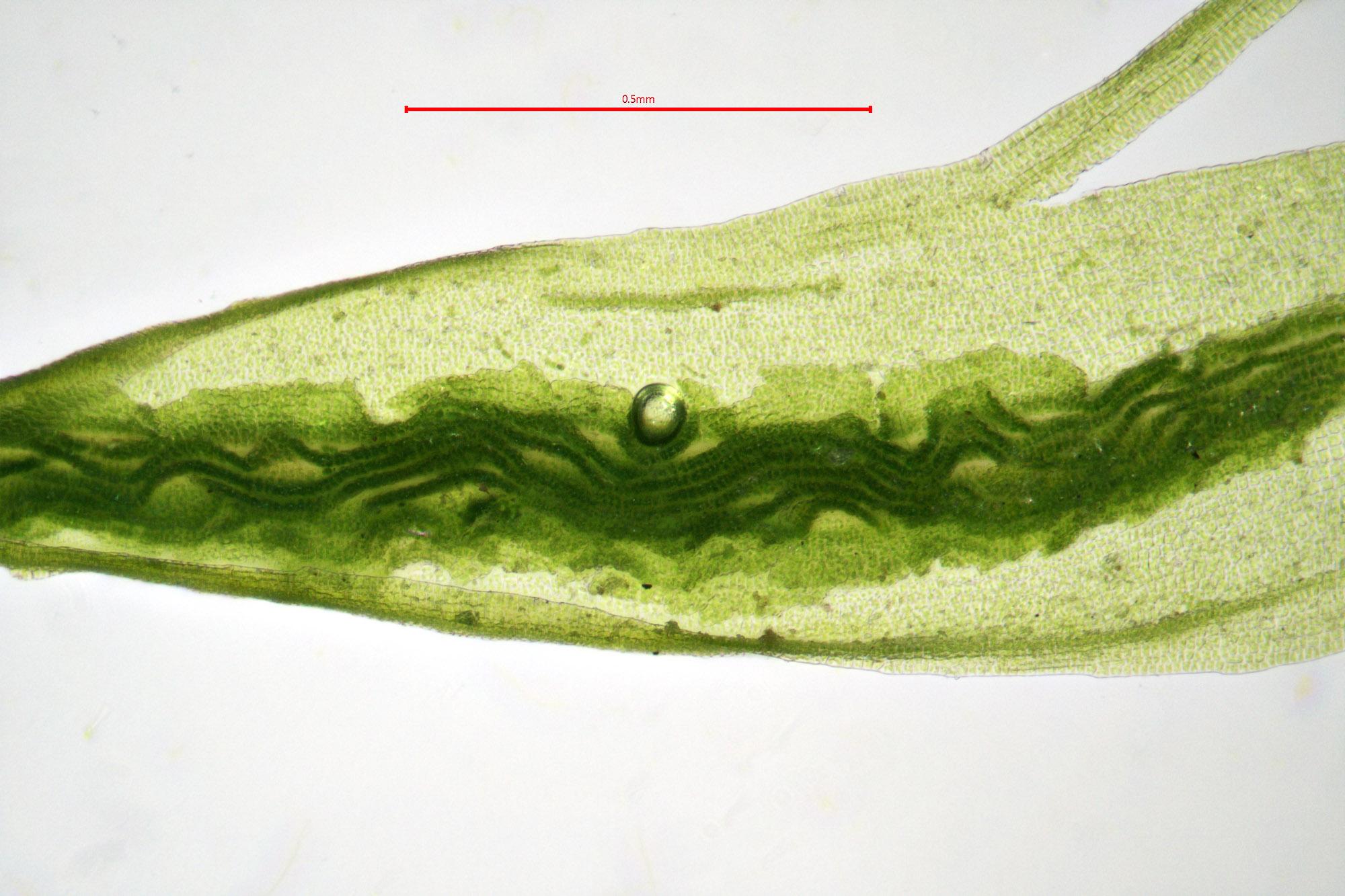
2021-11-26-18-13-01.jpg from: https://www.britishbryologicalsociety.org.uk/learning/species-finder/oligotrichum-hercynicum/
Ecological Roles and Adaptations
Like many mosses, Oligotrichum hercynicum plays a vital role in its ecosystem. It contributes to soil formation and moisture retention, creating favorable conditions for other plants and organisms. Additionally, this moss serves as a microhabitat for various invertebrates, providing shelter and food sources.
One of the remarkable adaptations of Oligotrichum hercynicum is its ability to tolerate desiccation. During dry periods, the moss can enter a state of dormancy, only to revive and resume its metabolic activities when moisture becomes available again. This resilience allows it to thrive in environments with fluctuating moisture levels.
Case Studies/Examples
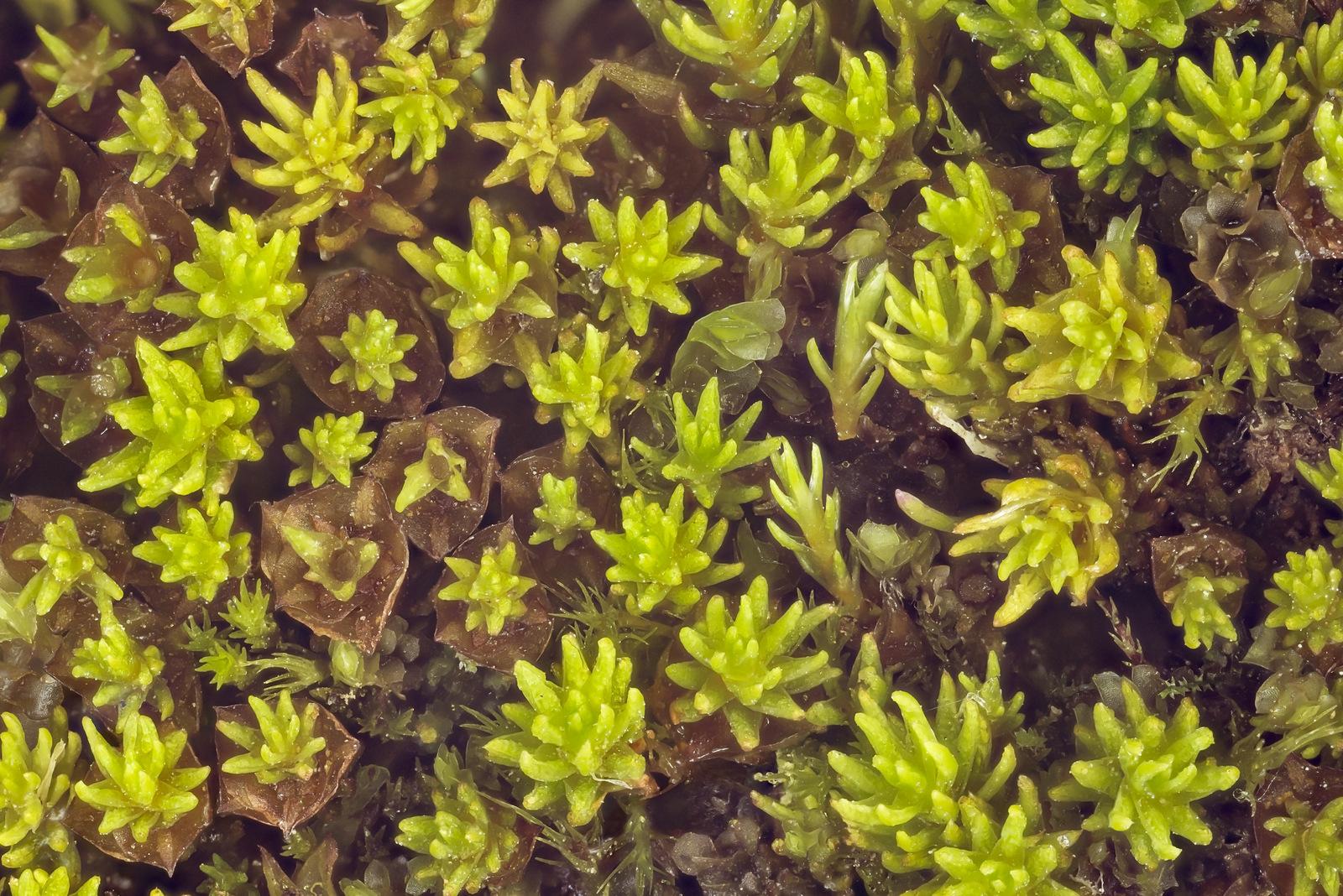
14076_2838_5.jpg from: https://artfakta.se/naturvard/taxon/oligotrichum-hercynicum-2838
In a study conducted in the Harz Mountains of Germany, researchers investigated the role of Oligotrichum hercynicum in facilitating the establishment of other plant species. They found that the moss acted as a nurse plant
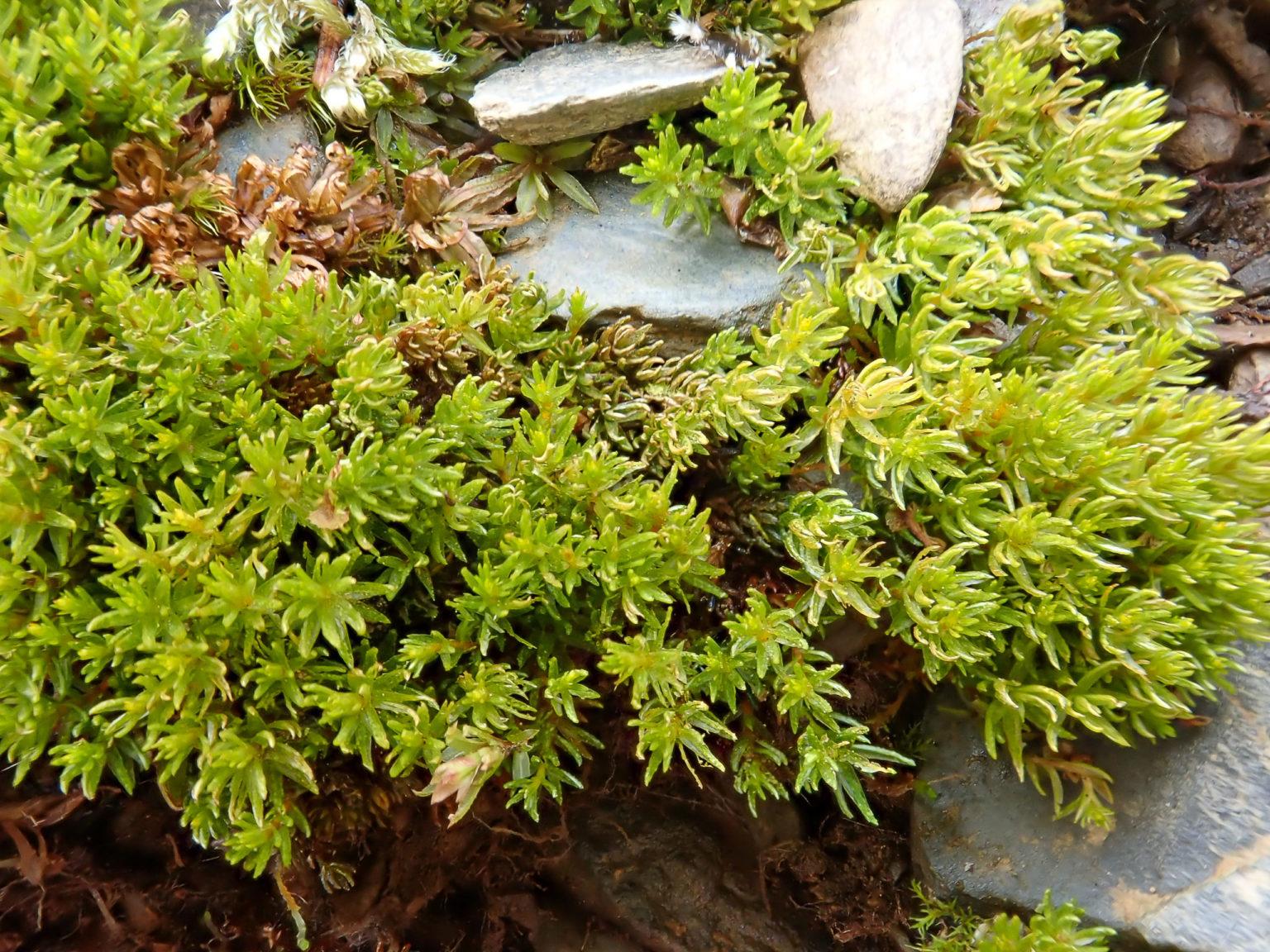
Fig.-3-Oligotrichum-hercynicum-scaled-e1686751571483-1536×1152.jpg from: https://ardenne-et-gaume.be/faune-et-flore-colanhan/
, providing a suitable microhabitat for the germination and growth of various vascular plants, including Vaccinium myrtillus (bilberry) and Picea abies (Norway spruce).
Technical Table
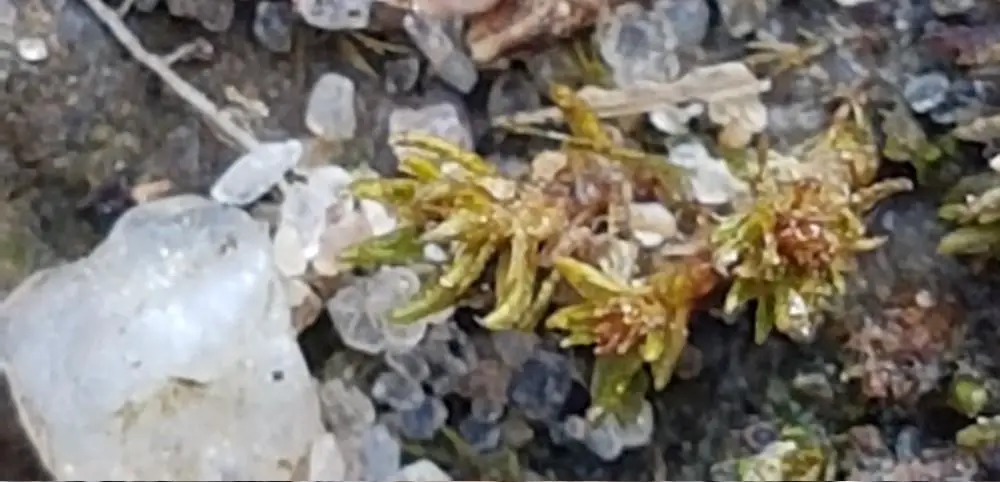
34235387.jpg from: https://waarneming.nl/waarneming/view/210113171?_popup=1

120px-Oligotrichum_hercynicum_(d%2C_142232-472920)_1728.JPG from: https://commons.wikimedia.org/wiki/Category:Oligotrichum_hercynicum
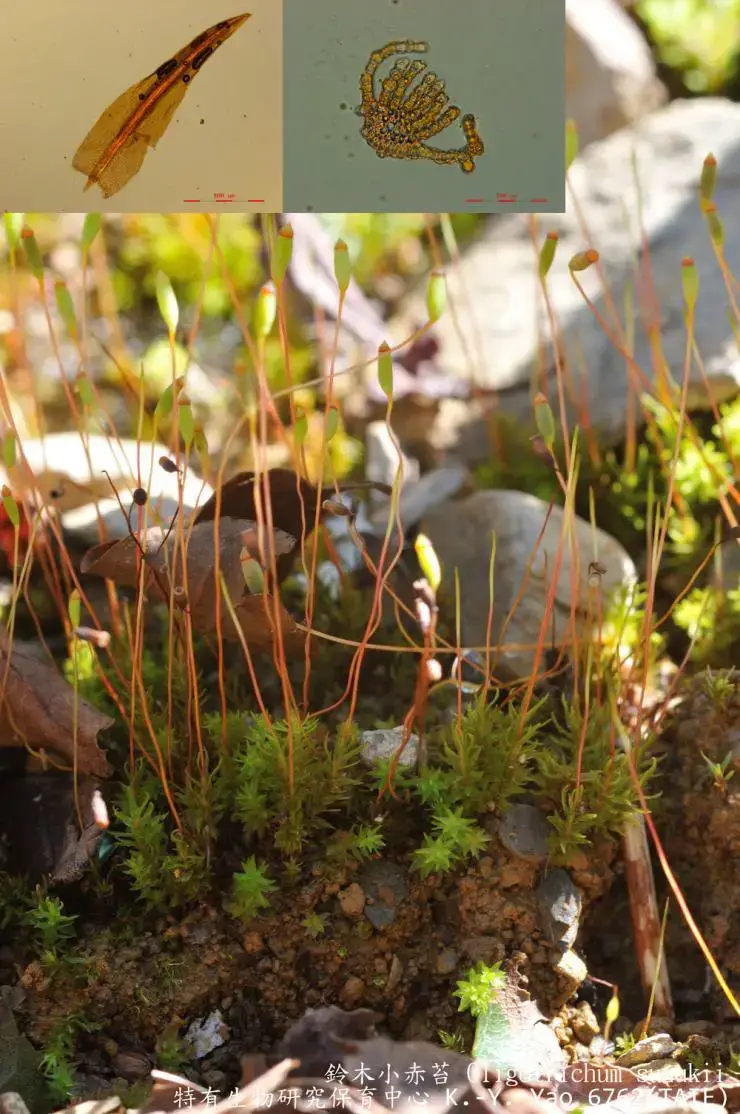
d7ed39c024675bbf3fd0017ade44b87f.jpg from: https://taieol.tw/muse/digi_object/50ac8e12d5d165847a5efd2c2ebc025c
| Characteristic | Description |
|---|---|
| Phylum | Bryophyta |
| Class | Polytrichopsida |
| Order | Polytrichales |
| Family | Polytrichaceae
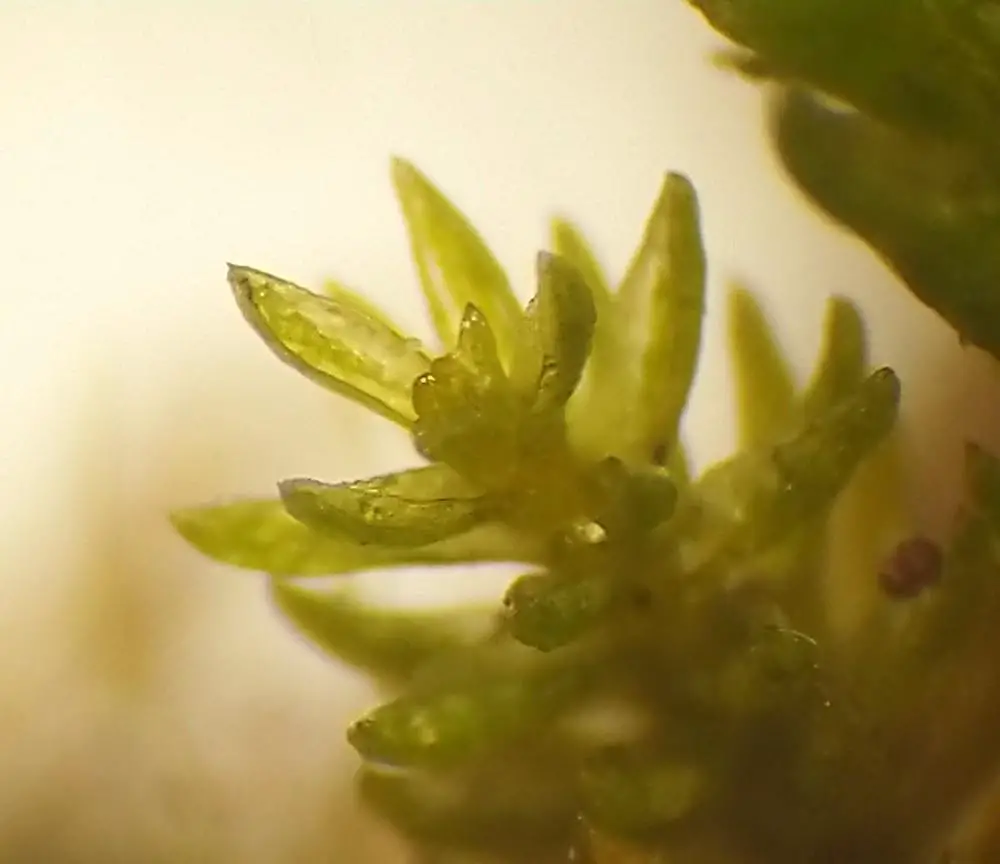 33941159.jpg from: https://waarneming.nl/waarneming/view/209187989?_popup=1 |
| Genus | Oligotrichum |
| Species | Oligotrichum hercynicum (Hedw.) DC. |
| Common Name | Oligotrichum |
| Growth Form | Acrocarpous moss |
| Stem | Erect, unbranched |
| Leaves | Lanceolate, spirally arranged |
| Calyptra | Hairy, persistent |
| Habitat | Coniferous and mixed forests, heathlands, rocky outcrops |
| Substrate | Acidic soils, decaying logs, stumps, humus-rich substrates |
| Distribution | Northern Hemisphere (Europe, Asia, North America) |
Conclusion
The Oligotrichum hercynicum (Hedw.) DC., a member of the Polytrichaceae family, is a remarkable moss that deserves our appreciation and admiration. Its unique morphology, global distribution, and ecological roles make it a fascinating subject of study. As we continue to explore the intricate world of bryophytes, this unassuming moss serves as a reminder of the incredible diversity and resilience found in nature’s smallest inhabitants.
Ponder this: How might the study of mosses like Oligotrichum hercynicum contribute to our understanding of ecosystem dynamics and the preservation of biodiversity?